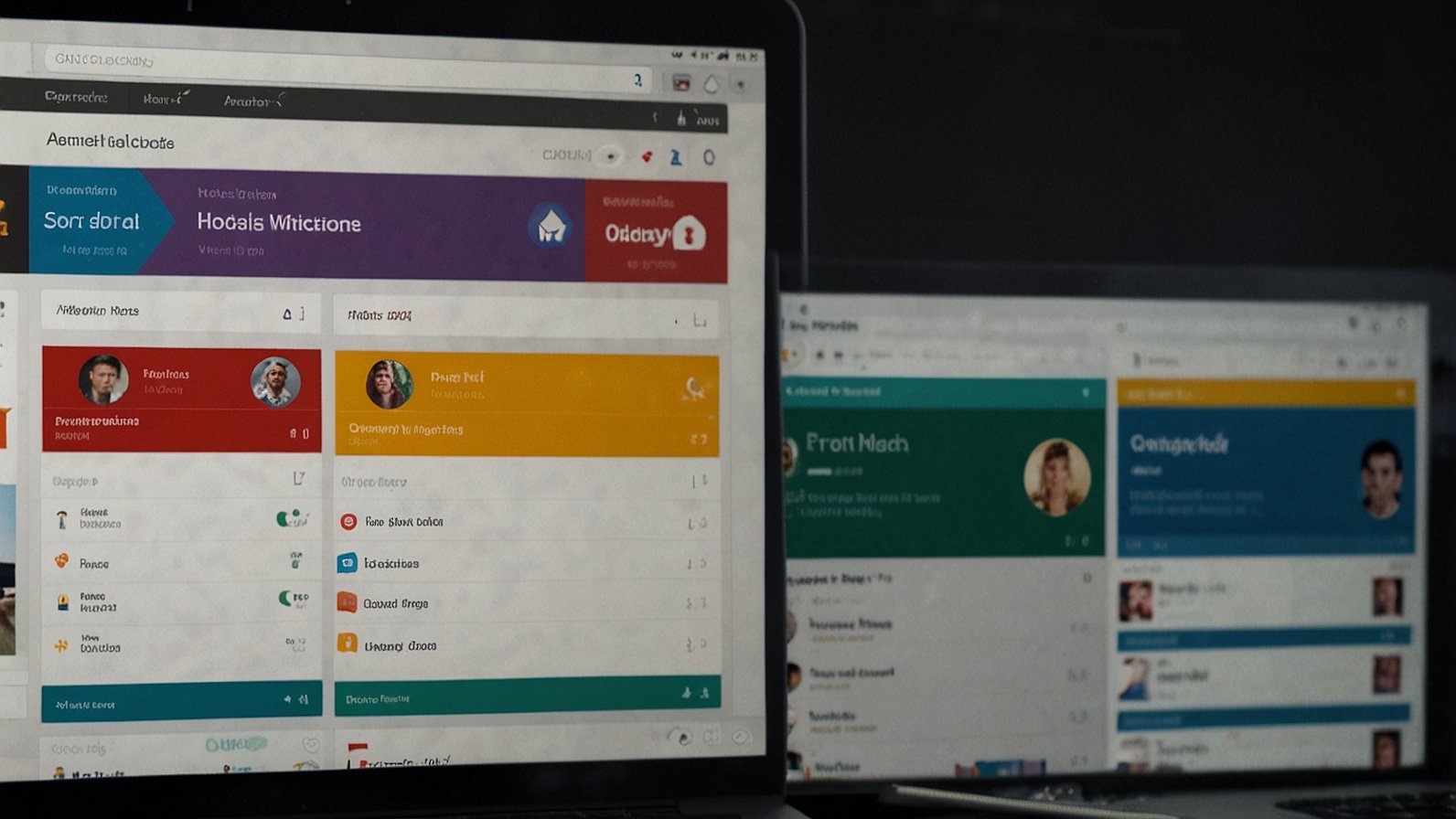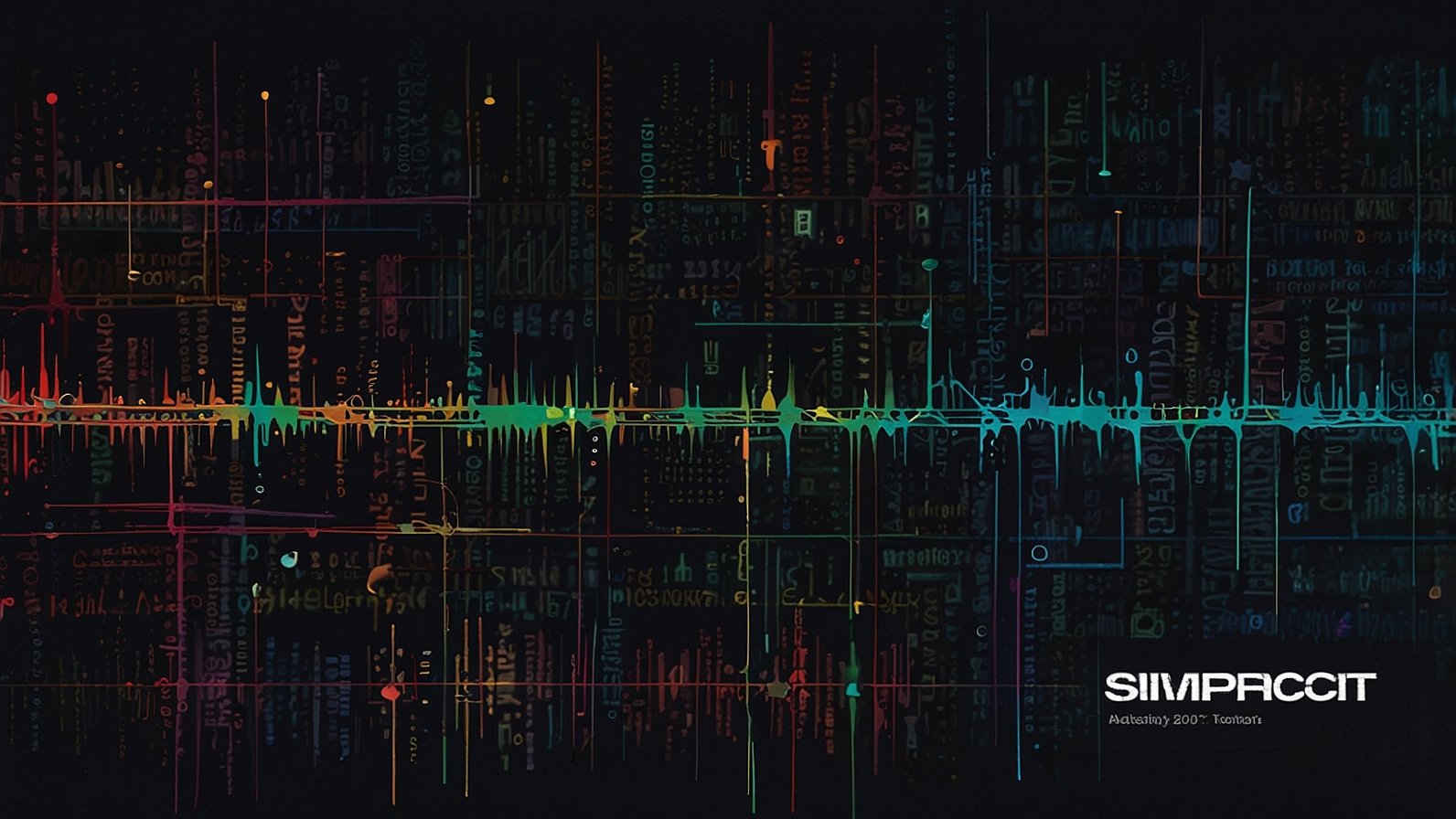Imagine a time when loading a 5-peso coin into a machine could unlock an hour of Facebook, a chance to chat with overseas family, or a window to the world’s information. This wasn’t a far-off dream; for millions of Filipinos, it was the reality of the pasonet.
This quirky, ingenious, and decidedly low-tech solution became a cultural and technological icon. It was internet access boiled down to its simplest form: pay-by-the-minute, powered by peso coins. While the world moved towards fiber optics and 5G, the pasonet carved out a crucial space, providing a practical bridge to the online world for communities with limited broadband access. Its legacy continues to influence how we think about affordable connectivity today. Let’s dive into the story of this peso-powered revolution.
What Exactly Was a Pasonet? The Blue Box That Democratized the Web
At its heart, a pasonet was a DIY internet kiosk. Entrepreneurs would take a standard desktop computer, connect it to the web, and hook it up to a specialized timer and a coin acceptor—often repurposed from old arcade games or vending machines.
The process was beautifully simple:
- You’d sit down on a makeshift stool.
- You’d insert a 1, 5, or 10-peso coin into the slot.
- The timer would instantly credit your account, usually granting you 15 to 30 minutes of internet time.
- A large, on-screen countdown would begin, and you’d surf until your time ran out.
Think of it as the internet version of a neighborhood sari-sari store. Just as you could buy a single cigarette or a small scoop of cooking oil instead of a whole pack or bottle, the pasonet let you purchase the internet in small, affordable increments. This “sachet” model was perfectly suited to the economic realities of many Filipino families, making the digital world accessible to those who couldn’t afford monthly subscriptions or personal computers.
Why the Pasonet Became a Filipino Phenomenon
The explosion of pasonet kiosks across the Philippines in the early 2010s wasn’t an accident. It was a perfect storm of need, ingenuity, and timing.
- The Affordability Factor: For just a few pesos, anyone—students, blue-collar workers, even young kids—could get online. This was its biggest draw.
- Bridging the Broadband Gap: In many areas, reliable and affordable home broadband was either unavailable or prohibitively expensive. The pasonet filled this void.
- A Low-Cost Business Model: For entrepreneurs, setting up a pasonet was a relatively low-risk venture. The initial investment for a second-hand PC, timer, and coin acceptor was manageable, and the pay-as-you-go model ensured a steady stream of small, cumulative profits.
- The Social Hub: Pasonet stations often became community hubs. You’d see rows of people, each in their own digital world, yet sharing a physical space. It was where students did research, OFWs (Overseas Filipino Workers) video-called their families, and gamers battled it out in cyber cafes that evolved from the same concept.
The Pasonet’s Surprising Legacy: More Than Just a Kiosk
While you see fewer classic blue pasonet boxes today, their impact is everywhere. They didn’t just provide internet; they shaped behaviors and paved the way for modern digital services.
Firstly, they were a “Digital On-Ramp” for a Generation. For many Filipinos, the pasonet was their first-ever experience with the internet. It taught basic digital literacy—how to use a mouse, navigate a browser, and create an email account or social media profile. This massive onboarding effect helped create the digitally-savvy population that fuels the Philippines’ vibrant online economy today.
Secondly, they proved the viability of Micro-Monetization. The success of the pasonet model demonstrated a powerful truth: there is a massive market for ultra-low-cost digital access. This philosophy directly influenced the mobile data landscape.
| Feature | Then: The Pasonet | Now: Mobile Data Promos |
|---|---|---|
| Payment Model | Coin-operated, per minute | Pre-paid load, data-packed promos |
| Access Point | Physical kiosk in the neighborhood | Personal smartphone, anywhere |
| Core Principle | Micro-transactions for access | Micro-transactions for data |
Look at the popularity of mobile data promos like GCash-powered “GigaLife” or “Magic Data” offers. These are the spiritual successors to the pasonet—they break down internet access into small, affordable, pre-paid packages that people can purchase as needed.
Case Study: From Pasonet to E-Sabong
The trajectory of one user, Juan, a tricycle driver from Laguna, illustrates this digital journey. Juan first used a pasonet in 2015 to check Facebook and watch videos on YouTube. It was his only window to the online world. As he became more comfortable, he started using it for online job searches.
Later, when affordable smartphones and mobile data became widespread, he graduated from the physical pasonet kiosk. He now uses his phone to access not just social media, but also mobile banking and, notably, online betting platforms like e-sabong (online cockfighting). This case shows how the initial digital access provided by the pasonet can lead to broader, and sometimes more complex, online engagement, highlighting both the opportunities and the challenges of digital inclusion.
3 Actionable Takeaways from the Pasonet Legacy
The story of the pasonet offers valuable lessons for anyone interested in technology and inclusion:
- Innovation Doesn’t Have to Be High-Tech. The most impactful solutions are often simple, practical, and directly address a core need. The pasonet was a brilliant piece of appropriate technology.
- Affordability is Key to Digital Inclusion. To connect the “next billion users,” services must be designed for thin wallets, not just fast speeds. The micro-transaction model is here to stay.
- Access Shapes Behavior. The method of access influences how people use technology. The public, time-pressured nature of the pasonet fostered quick, task-oriented online sessions, a behavior that persists in mobile internet use today.
What other simple, local innovations have you seen that made a big impact in your community? Share your stories in the comments below!
You May Also Read: Internet Chicks: More Than a Hashtag, It’s a Movement
FAQs
What does the name “Pasonet” mean?
The name is a playful Filipino portmanteau. It combines “Piso” (the Philippine peso) and “Internet,” literally translating to “Peso Internet.”
Are pasonets still around today?
While their numbers have declined due to the widespread availability of affordable smartphones and mobile data, you can still find pasonet kiosks in some provincial areas and urban neighborhoods where broadband penetration remains low.
How much did it cost to use a pasonet?
Rates varied, but a common price was 1 peso for 4-5 minutes of internet time. This made it extremely accessible for short browsing sessions.
What were the main drawbacks of using a pasonet?
The downsides included slow and sometimes unreliable connections, a lack of privacy in a public setting, security risks on shared computers, and time pressure from the countdown timer.
How is a pasonet different from a regular cybercafe?
A cybercafe typically charges by the hour and requires payment at the counter. A pasonet is fully self-service and coin-operated, allowing for much shorter and more flexible payment increments.
Did the pasonet concept exist in other countries?
Yes, the concept of paid public internet terminals exists globally, but the specific DIY, coin-operated model and its cultural penetration as a “sachet” service was uniquely Filipino.
What replaced the pasonet?
The primary replacement has been the smartphone paired with affordable, pre-paid mobile data plans. These offer the same principle of flexible, pay-as-you-go access but with the convenience of a personal device.










